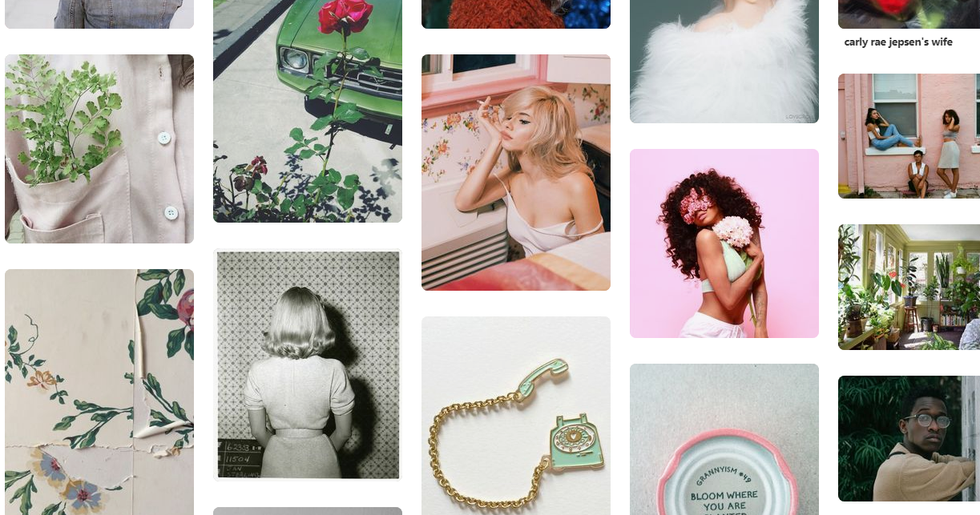There are plenty of online tools made specifically for writers, but when faced with all of them, I often choose Pinterest. For everything from working on character development to digging into story details to finding inspiration, Pinterest is a writer's best friend. Every writer has their own way of mapping and boarding their ideas, but there are a few that I've found most effective:
1. Make a mood board for your story.
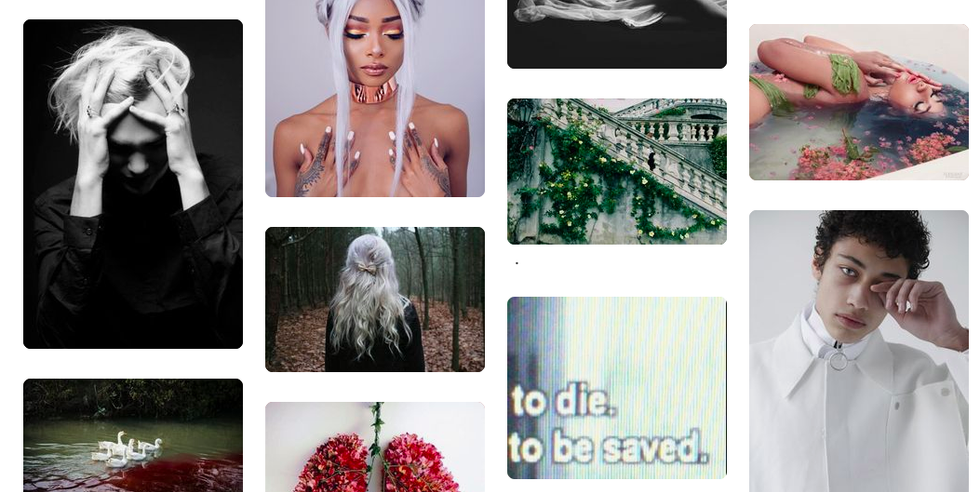
When you think of Pinterest, most people think of fashion boards, recipe boards, DIY boards, inspirational quote boards, that type of thing. There is another side of Pinterest, though, entirely devoted to photography and aesthetics. Piles of boards are made entirely for the color orange, or the specific aesthetic that matches Libra moon signs, or modern interpretations of religious testaments.
These are the building blocks for getting a handle on the feeling of your story. Follow users who have a wide array of boards and, from the photography that begins to flow in, find a few images that you feel match the tone and aesthetic your story is going for. From there, move on to the recommended pins based on those first photographs, and so on until you're created a board that captures the feeling of your original work. Doing this can give you a better handle on the mood you're trying to build and inspire that feeling within you as you write. It's also just kinda fun.
2. Find writing prompts.
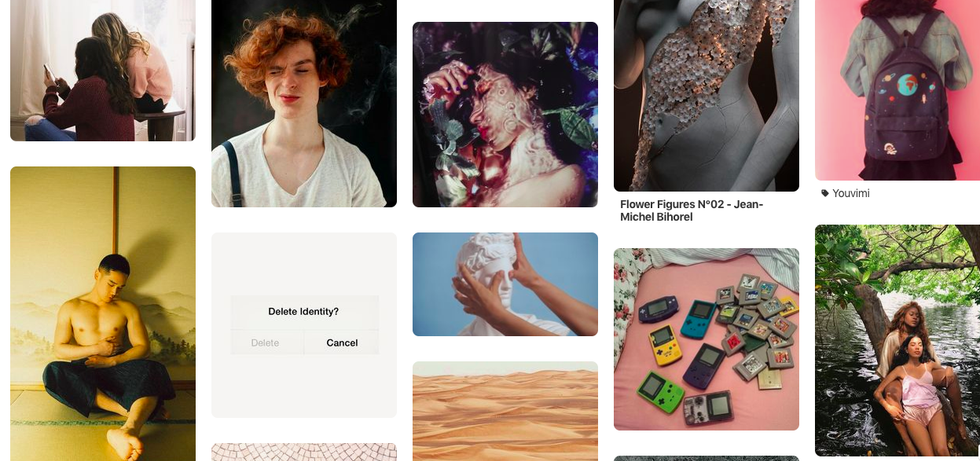
Whether you prefer written or visual prompts, Pinterest can provide. There are boards upon boards of written prompt and story starter pins kept up by other writers flexing their writing skills. Or, you can go the opposite route and look for visual writing prompts, either in visual prompt boards specifically made by writers or in the photography found across writing Pinterest. These can be used for writing exercises, as inspiration for a new story, or to help you propel and develop the ideas you already have.
3. Visually outline your novel.
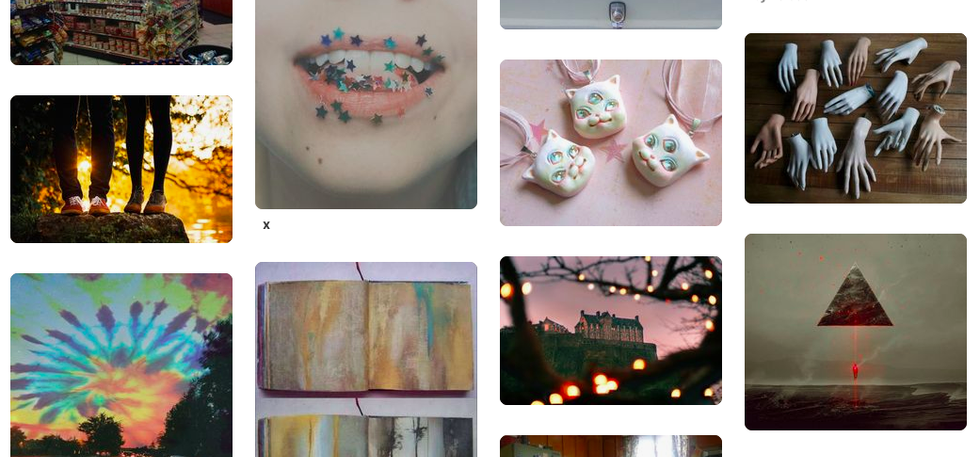
Pinterest recently updated so that users can create sections within their boards, meaning you can now uniquely use Pinterest to delve into the details of your story. If you're writing a novel, create a section within the novel's board for each chapter and think of it as your storyboard. Create sections for each character so that you can flesh them out not just with pictures of people who look like them, but with photos of the rainbow bagels they might have for breakfast or the blood on the brand of sneaker they'd wear. Craft a board of neon quotes and those fortune cookies from chapter three out of a relationship you really want to flesh out.
This is my absolute favorite use of Pinterest as a writer, because it really helps to fully understand the characters you create and the visual feeling each chapter is going for so that you can better translate that to the page.
4. Find your aesthetic through your favorite stories.
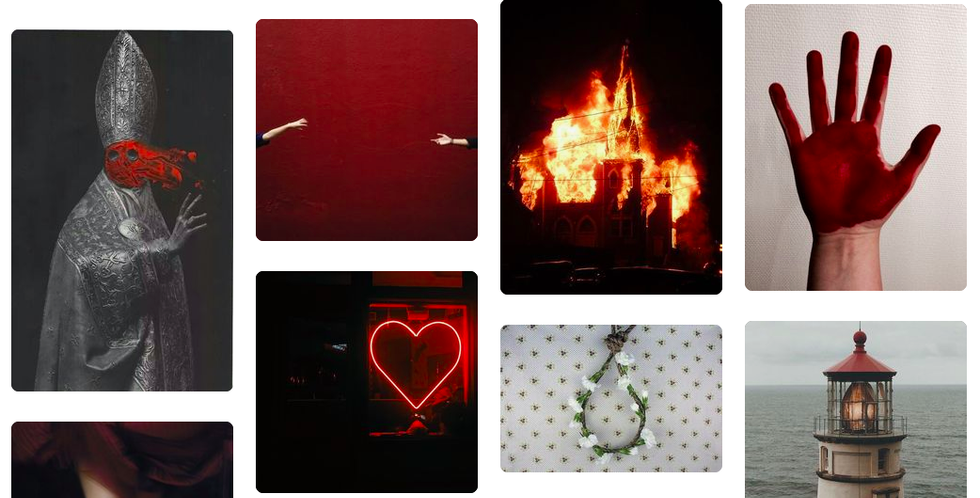
On some level, we're all stealing parts of our favorite stories to put in our own work. It's a part of becoming a better writer: reading, listening to, or watching stories you enjoy helps you better understand what you want to be as a writer and what you want the experience of reading your stories to be like. Whatever your favorite pieces of fiction are, from television shows to novels to movies to comics, there is a board on Pinterest for it. Multiple, probably, with sections for your favorite characters or each season or chapter. And the inspiration is ripe for the picking in every one of them.
So, if you want your story to have some of the empty desert sunset of Halsey's Badlands, the 60s color-pop horror of Little Shop of Horrors, and the deceptive peace of The Good Place, there are boards to pull from. If your main character has some of the hardened pink of Sansa Stark, the depressing golden luxury of Daisy Buchanan, and the ghostly beauty of Christine Daaé, you can take images directly from your inspirations. Every detail and aspect of a work of fiction is up for grabs on Pinterest and will help you build your world from your favorites. You can even make your own boards for your favorite characters so that you have a personal supply to pull from.
5. Get inspiration.
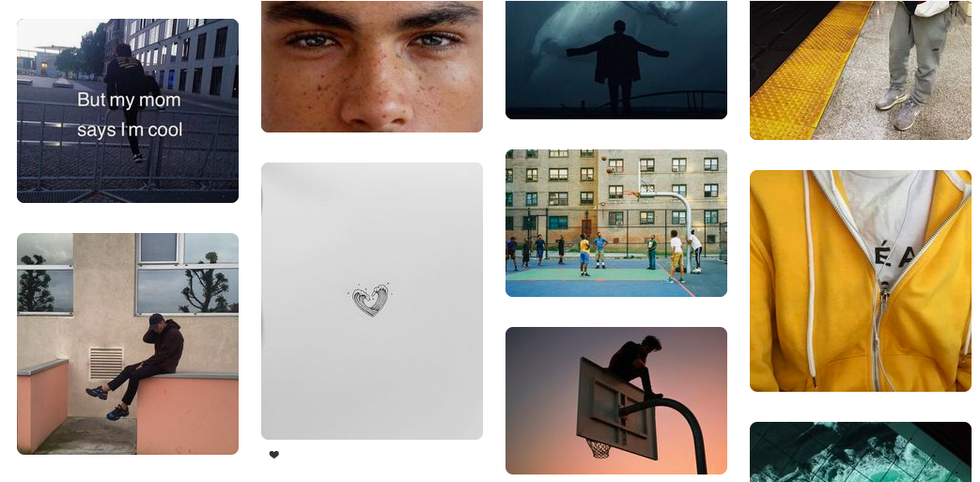
There are tons of writers on Pinterest, and plenty of them use it in the exact ways listed above. Follow as many as you can, and you'll have streams of inspiration constantly pouring into your feed. Every user linked to this article is a fellow writer. Here are a few others. Follow boards they're working on that have similar themes or moods to the work you're doing. Watch what they're working on and take inspiration from their boards. One of the best ways to make yourself write is surrounding yourself with other writers, and the writing community on Pinterest is constantly growing.

